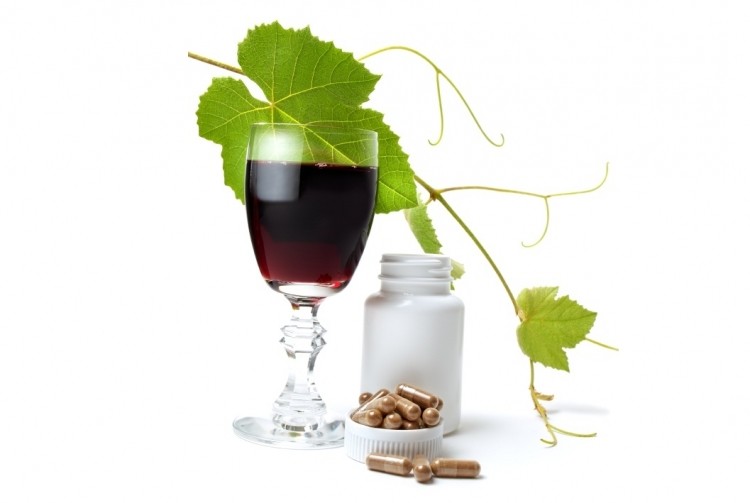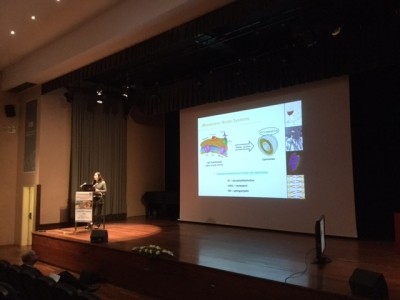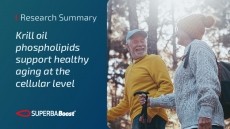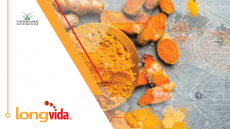Researchers tout ‘fundamental’ new mechanism for resveratrol’s health benefits

The discovery, reported in Nature, shows that resveratrol can activate a pathway involving a family of often-overlooked enzymes known as tRNA synthetases at concentrations much lower than those previously seen for activation of other pathways using the polyphenol.
Led by Mathew Sajish, the research team report that the TyrRS-PARP-1 pathway can be measurably activated by doses of resveratrol that are as much as 1,000 times lower than were used in prior studies, including those focused on SIRT1.
"This stress response represents a layer of biology that has been largely overlooked, and resveratrol turns out to activate it at much lower concentrations than those used in prior studies," commented senior investigator Professor Paul Schimmel.
Indeed, the team suggest that the finding could dispel much of the mystery and controversy about how resveratrol really works.
"With these findings we have a new, fundamental mechanism for the known beneficial effects of resveratrol," added Sajish.
"Based on these results, it is conceivable that moderate consumption of a couple glasses of red wine (rich in resveratrol) would give a person enough resveratrol to evoke a protective effect via this pathway," he said – noting that he also suspects that the effects of resveratrol that only appear at unrealistically high doses may have confounded some prior findings.
Resveratrol signalling
The first studies of resveratrol in the early 2000s had suggested that it exerts some of its positive effects on health by activating SIRT1, also thought to be a longevity gene. But SIRT1's role in mediating resveratrol's reported health-boosting effects has been questioned lately in terms of its particular role – especially given the very high doses that have been required to show an effect in some studies.
Previous research conducted by Sajish and Schimmel began hint that TyrRS, which links the amino acid tyrosine to the genetic material that codes for it, can move to the cell nucleus under stressful conditions - apparently taking on a protective, stress-response role.
Sajish then noted that resveratrol appeared to have broadly similar stress-response properties and also resembled TyrRS's normal binding partner tyrosine.
"I began to see TyrRS as a potential target of resveratrol," he said.
Protection mechanism
The new research put TyrRS and resveratrol together - and showed with tests including X-ray crystallography that resveratrol does indeed mimic tyrosine, well enough to fit tightly into TyrRS's tyrosine binding pocket.
This binding to resveratrol, the team found, takes TyrRS away from its protein translation role and steers it to a function in the cell nucleus.
By tracking the resveratrol-bound TyrRS in the nucleus, Sajish and colleagues also determined that it activates the protein, PARP-1, a major stress response and DNA-repair factor thought to have a significance influence on lifespan.
The team confirmed the interaction using mice injected with resveratrol. In this mouse model TyrRS's activation of PARP-1 led, in turn, to the activation of a host of protective genes including the tumour-suppressor gene p53 and the longevity genes FOXO3Aand SIRT6.
Stress responses
The team suggested that resveratrol may be so potent and specific in activating a major stress response pathway in human cells because it does much the same in plant cells – most probably n via TyrRS in both cases.
Indeed, they suggested that because TyrRS is a protein so fundamental to life, due to its linkage to an amino acid, it probably has not changed much in the hundreds of millions of years since plants and animals went their separate evolutionary ways.
"We believe that TyrRS has evolved to act as a top-level switch or activator of a fundamental cell-protecting mechanism that works in virtually all forms of life," said Sajish.
He added that the activity resveratrol naturally has in mammals may also be an example of hormesis: the mild, health-promoting activation of a natural stress response.
"We think this is just the tip of the iceberg," Schimmel added. "We think there are a lot more amino-acid mimics out there that can have beneficial effects like this in people. And we're working on that now."
Schimmel and his laboratory are also looking for molecules that can activate the TyrRS stress response pathway even more potently than resveratrol does.
Source: Nature
Published online ahead of print, doi: 10.1038/nature14028
“A human tRNA synthetase is a potent PARP1-activating effector target for resveratrol”
Authors: Mathew Sajish and Paul Schimmel
















